Women in Wildlife Photography
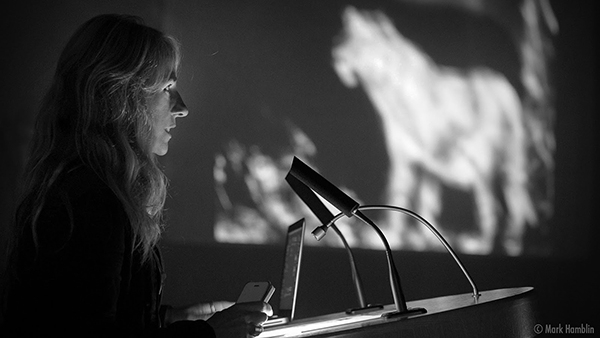
Guest Blog written by Environmental Visual Communication student Krystal Seedial
It’s that time of year again that all wildlife photography enthusiasts have been waiting for! The winning images from the eminent Wildlife Photographer of the Year competition are currently on display at the Royal Ontario Museum. The contest, produced by the Natural History Museum in London, is open to anyone in the world. The lure of amazing prizes and the global recognition that comes with it attracts both professionals and amateurs alike.
According to the Natural History Museum’s website, the “judges are looking for outstanding images that raise awareness of nature’s beauty and fragility, while also championing the highest ethical standards in wildlife photography.” As a person who has studied environmental science and environmental visual communication, I find the competition’s purpose and resulting images exciting. However, as an upcoming female in this industry I can’t help but notice that only eleven of the one hundred finalist photos were taken by female photographers, with just one being a winner. Last year's competition had a very similar gender breakdown, with only a single female winner as well.
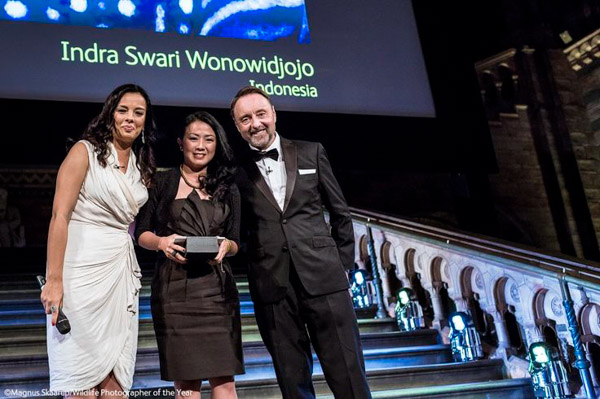
So why are there so few women represented here?
Of the nine judges of this year’s competition, four were females: Sandra Bartocha from Germany is a nature and fine art photographer; Sekiji Kazuko from Japan is the curator of the Tokyo Metropolitan Museum of Photography; Stella Cha from the USA is the creative director of The Nature Conservancy; and Kathy Moran also from the USA is the senior editor for natural history at National Geographic Magazine. If there was once a male bias at the judging level, it doesn’t appear that this would be an issue in this year’s competition.
Being in the field is challenging. Are men simply better equipped to be wildlife photographers? Factors such as heavy equipment, treacherous conditions and gaining proximity to wildlife must be difficult for women. However, these conditions are likely to be difficult for anyone, including men. In an interview with Photography Monthly earlier this year, renowned photographer Marina Cano shared her sentiments on being a wildlife photographer: “I'm very proud to be a woman in this male world. If you have the capacity, the passion, and the good conditions... any person can become a wildlife photographer. Doesn't matter if you are a woman or a man.” Click here to read the full interview.
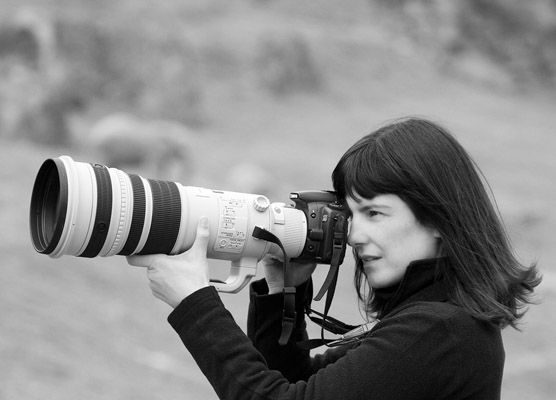
Is it just that men still dominate the wildlife photography industry? Historically, this certainly has been the case. Perhaps it will require more time to correct this historical imbalance before we see women equally represented in wildlife photography. Even if this is the case, there certainly are some women who have, and continue to make their mark in this “male world”. Even a cursory internet search result reveals a number of articles highlighting some of these women who are currently working in the industry. These incredible female photographers will undoubtedly inspire the next generation. Click here to read about some of them.
Despite the underrepresentation of women in this year's top one hundred photos, we do have to recognize and applaud those whose stunning work did make it into this year’s exhibit. Pictured at the beginning of this blog, Britta Jaschinski (Germany/UK) is this year’s winner of the Wildlife Photojournalist Award for a single image, with her photo entitled “Broken Cats”. As you tour the exhibit, take note of the stellar work by the other seven women finalists. Not to be overlooked are the young girls that are already making their mark in the field. Ashley Scully (USA) and Liina Heikkinen (Finland) were selected as finalists in the 11-to-14-year-old category, with “Mama’s back” and “The stare of the goshawk” respectively. Laura Albiac (Spain) is a finalist in the 10-years-and-under category with “Mosquito lookout”. Clearly the future is bright for these talented young female photographers.
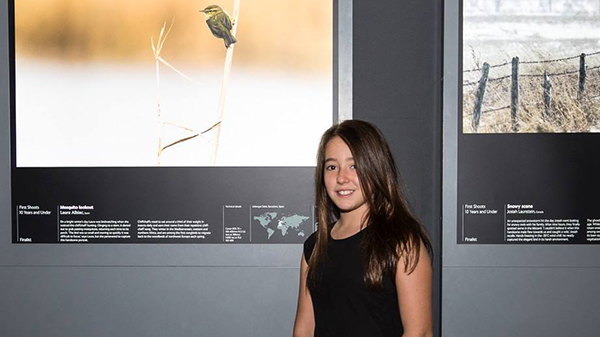
Regardless of the current state of representation of women in wildlife photography and the reasons for this, I do believe that a change is on the horizon. I myself am a student of the Environmental Visual Communication program, a graduate certificate offered by Fleming College in partnership with the ROM. Within our 2015 cohort of twenty-two students, sixteen are female. The majority of us are aspiring wildlife photographers, who along with many other women across the globe, seek to be ambassadors of nature and sustainability. If gender equality can be accomplished in the current Canadian Cabinet, then there is hope that one day we will see equal representation in the finalists of wildlife photography’s most prestigious competition.
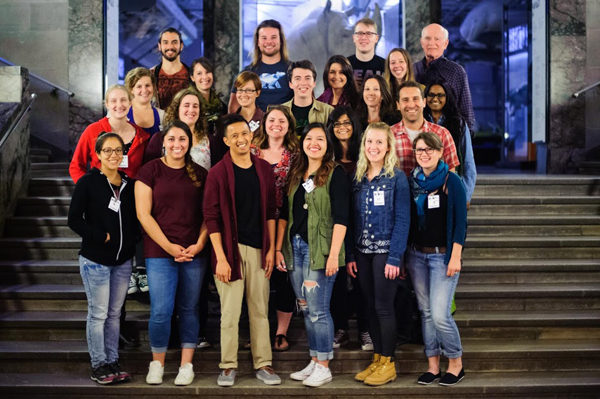
Intrigued by this topic? Come visit the ROM and see all of the winning images for yourself. The Wildlife Photographer of the Year exhibit runs until March 20th 2016 on level 3.
